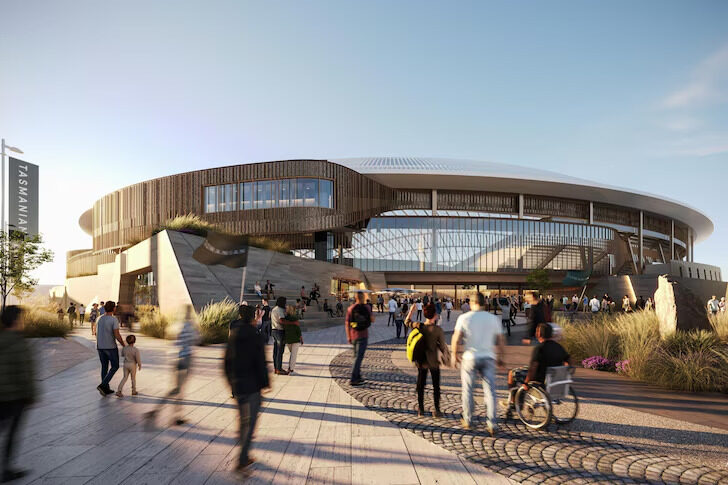
By Poppy Johnston
Motorists are paying less to fill up at the petrol pump and that hasn’t gone unnoticed, weighing on expectations for inflation and making the Reserve Bank of Australia’s job a little easier.
The central bank’s chief economist, Sarah Hunter, says inflation expectations remained anchored throughout the latest period of consumer price growth, in part because of the COVID-19 pandemic and the war in Ukraine.
Inflation expectations are important because people make decisions based on where they think prices will go in the future – a worker may ask for a pay rise to withstand fast-rising living costs, for example.
“In other words, inflation expectations are at least partly self-fulfilling,” Dr Hunter told an investment conference in Sydney on Wednesday.
Presenting fresh research about how households and unions form future inflation judgments, she said lived experience contributed the most to an understanding of pricing.
Economic forecasts, or news bad weather would destroy crops, played a smaller role.
On the latest bout of inflation, Dr Hunter said expectations rose to coincide with prices taking off initially, but started moderating earlier than the Reserve Bank’s models had predicted.
“A possible reason for this is that some people have seen the recent experience as atypical and so don’t expect it to continue,” she told the Citi Australia and New Zealand Investment Conference.
“Given the nature of the shocks, the pandemic and then the conflict in Ukraine, it’s easy to understand this,” she added.
Spending less on a tank of fuel may be another drag on inflation expectations.
Dr Hunter said prices that change regularly or are paid more often can be particularly influential in forming expectations and “could be seen as a proxy for what’s happening to all prices across the economy”.
Households were found to be particularly sensitive to petrol prices.
“The strongest result we have obtained is with respect to petrol and diesel prices – that is, the prices you see changing every day when you drive past a petrol station or fill your car up,” she explained.
While petrol price shot up between late 2021 and mid-2022, fuel price inflation has been around its historical average for most of the period since then.
The “salience of fuel prices” could at least partly explain why inflation expectations did not remain high as long as the central bank initially thought, Dr Hunter said.
Who can be trusted?
In a world of spin and confusion, there’s never been a more important time to support independent journalism in Canberra.
If you trust our work online and want to enforce the power of independent voices, I invite you to make a small contribution.
Every dollar of support is invested back into our journalism to help keep citynews.com.au strong and free.
Thank you,
Ian Meikle, editor





Leave a Reply